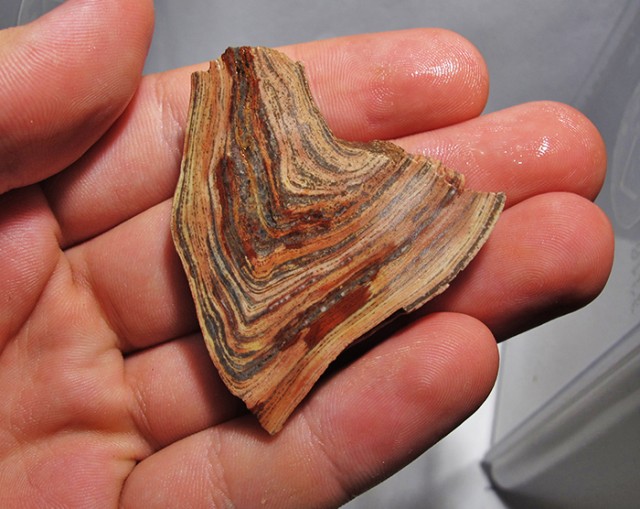
流纹岩宝石:特性、含义、价值等
 流纹岩(rai·oh·lite)是一种浅色岩石,由各种晶体组成,包括石英、长石等。如果您曾梦想将所有心爱的宝石融为一体,那么流纹岩或许就是您的理想之选!
流纹岩(rai·oh·lite)是一种浅色岩石,由各种晶体组成,包括石英、长石等。如果您曾梦想将所有心爱的宝石融为一体,那么流纹岩或许就是您的理想之选!
听说过花岗岩吗?流纹岩和花岗岩的成分几乎相同,但形成方式略有不同。
阅读完本指南后,您将获得有关流纹岩宝石的用途、历史和治疗功效的所有信息!
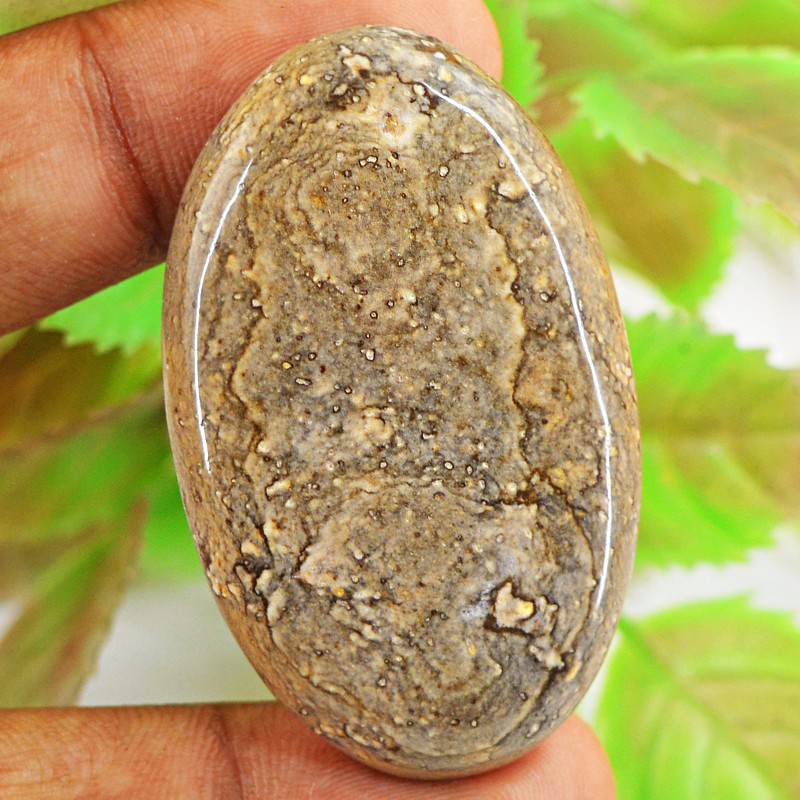
什么是流纹岩石?
流纹岩通常是一种粉色、灰白色或灰色材料,用于珠宝、建筑和磨料。
流纹岩是宝石吗?是的,流纹岩被用作半宝石。不过,大多数宝石都是矿物,而流纹岩是岩石,所以里面有两种或两种以上的矿物。
流纹岩属于火山火成岩类型。在火山岩中,流纹岩的二氧化硅(石英)含量最高。
流纹岩由流动的熔岩硬化而成,拥有迷人的气泡、层状和条带。这些独特的纹路,尤其是在鸟眼状流纹岩中,使其获得了“流纹岩”的绰号。
流纹岩是水瓶座、双子座和射手座的星座石。
接下来,流纹岩有哪些特点呢?

流纹岩规格和特性
流纹岩属于长英质火成岩家族的一部分,主要由长石和石英形成元素组成。
岩石的成分各不相同,但通常含有石英、碱性长石和斜长石。通常情况下,岩石的二氧化硅含量超过68%。
要成为流纹岩,岩石必须含有20-60%的石英和35-90%的碱性/钾长石。此外,钾长石的含量必须至少是斜长石的两倍。
流纹岩可能是玻璃质的、隐晶质的(细粒的)或斑状的。斑状岩颗粒细密,但含有较大、可见的晶体,称为斑晶。
流纹岩中可以找到哪些宝石?流纹岩中发现的一些宝石包括蛋白石、玛瑙、黄玉和红绿柱石。
值得注意的是,被称为坎特拉蛋白石的蛋白石品种含有墨西哥火蛋白石填充流纹岩。
以下是其余流纹岩的属性:
莫氏硬度:各不相同;通常为 6-7
颜色:通常为灰色、奶油色或粉红色;可以是绿色、棕色、红色、橙色或多色
晶体结构:无
光泽:暗淡或玻璃状(类似玻璃)
透明度:不透明
折射率:约1.54
密度:2.35-2.70
解理:无
断口:亚贝壳状
条痕:白色
鉴于其多变的成分,您可能已经猜到流纹岩不止一种类型。
流纹岩的类型
流纹岩的具体成分并不一致,因此种类繁多,也是各种流纹岩矿物的共同形成环境。
当你第一次看到流纹岩时,它的色带可能会让你感到疑惑:流纹岩和碧玉一样吗?不完全是。
流纹岩和碧玉是两种不同的宝石,但流纹岩碧玉也有几个不同的品种。其中一种流纹岩碧玉是雨林碧玉,我们先来介绍一下。
球粒流纹岩/雨林碧玉

令人惊讶的是,这种宝石严格来说并非碧玉,尽管它内部可能含有碧玉晶体。那么,雨林碧玉又是什么呢?雨林碧玉,又称球晶流纹岩,是一种产自澳大利亚的流纹岩熔岩。
这些坚硬的宝石大多呈绿色或棕色,并带有乳白色和红色的色域。雨林碧玉的空腔中也可能充满石英、玛瑙或蛋白石晶体。
黑曜石
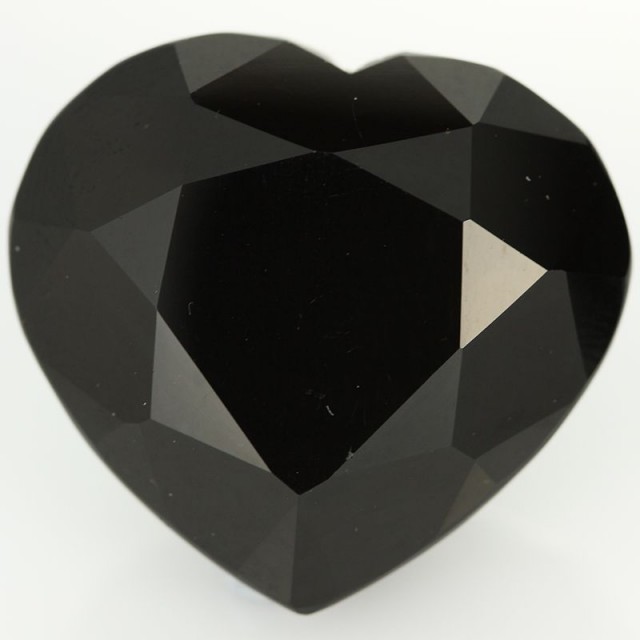
黑曜石是一种黑色或灰色的流纹岩火山玻璃。它是由熔岩在地面流动而非喷发而形成的。熔岩冷却速度极快,因此形成的是玻璃而不是晶体。
浮石
快速冷却还会产生流纹浮石,一种泡沫状、重量轻、多孔的形式。
当炽热的流纹岩从火山喷发时,压力和温度会迅速下降。这些变化会形成气泡,然后这些气泡会冻结,从而形成浮石的多孔结构。
凝灰岩
凝灰岩是另一种由爆发性喷发形成的流纹岩。这种岩石是由火山灰堆积而成,受压后形成。
流纹岩凝灰岩含有玻璃状、浮石状的碎片,以及一层粗糙的晶体外壳,这些晶体包括黑云母、石英、长石等。石头必须含有75%或以上的灰分才能算作凝灰岩。
阿帕奇贤者

阿帕奇鼠尾草碧玉(常被误称为阿帕奇碧玉)是一种产自美国新墨西哥州的流纹岩宝石。这种宝石的底色为粉色、乳白色或红色,内含树枝状和层状内含物,形似风景。
神奇石

奇幻石是产自美国内华达州奇幻石山的宝石级流纹岩。氧化铁使其呈现出乳白色、黄褐色、深红色和灰色的条带状色调。
山核桃石

山核桃岩是一种产自墨西哥杜兰戈的黄色、红色和粉色流纹岩。其颜色可能呈条带状或球状,外观类似于山核桃木。
彩虹(或秋季)山核桃石是一种稍软的山核桃石,底部呈棕褐色或棕色,上面覆盖着黄色、红色或粉红色的条纹。
内瓦迪特
内华达石(Nevadite,非nevadaite)是一种斑状流纹岩,含有大量可见的石英晶体。这些产自美国内华达州的石头与花岗岩类似。
拉奈特

蓝纹岩是一种褐色的浅成(或亚火山)流纹岩,在喷发前在地下2公里处凝固。大多数流纹岩在地面上凝固,因此蓝纹岩是独一无二的。
美国德克萨斯州的拉诺隆起产有此品种。宝石含有蓝色石英和浅灰橙色长石晶体。
雷蛋

雷蛋是晶洞状的球形岩石,形成于流纹岩火山灰层内。敲开这些球体,你会发现里面是玉髓,中间夹杂着蛋白石、玛瑙、碧玉、石膏、石英,或者这些矿物的组合。
它们的直径从1厘米到1米以上不等,但通常约为74毫米(棒球大小)。与晶洞不同,雷蛋是实心的,而非空心的,并且始终含有玉髓。
流纹岩
除了普通的流纹岩外,两种主要的流纹岩都属于过碱性岩,这意味着它们与标准流纹岩的区别在于碱金属含量更高,铝含量更低。这两种岩石是:
Comendite :浅蓝灰色;坚硬;可见石英、钠长石和透长石晶体
潘泰勒石:深灰色或绿色;铝含量比康泰勒石少,铁含量比康泰勒石多;可见斜长石或透长石晶体
呼,好多品种啊!咱们先别忙着列举,来看看流纹岩晶体的含义吧。
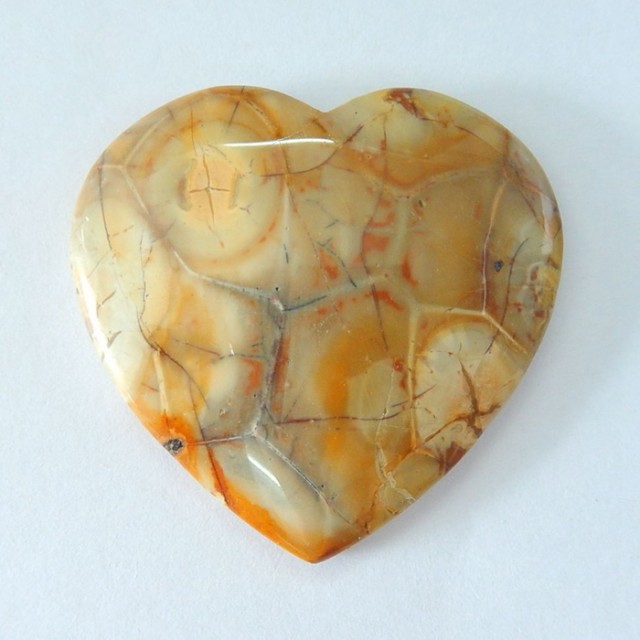
流纹岩宝石的意义和历史
流纹岩象征着进步和变化。作为一种岩石,流纹岩也代表着长寿、力量和成长的基础。
德国地质学家、探险家和地理学家费迪南德·冯·里希特霍芬(或里希特霍芬男爵)于 1860 年选择了这个名字。它源于希腊语rhýax ,意为“熔岩流”。
历史
流纹岩的历史用途可以追溯到古代,包括武器、刮刀、园艺锄头和建筑。
在 11,000 多年前的史前美洲,人们在现今的宾夕法尼亚州开采流纹岩并将其制成箭头和射弹。
古罗马人使用凝灰岩作为建筑材料。同样,波利尼西亚复活节岛的雕像几乎全部由流纹岩凝灰岩构成。
流纹岩的形成离不开频繁发生的灾难性火山喷发。幸运的是,自1900年以来,只发生过三次:
阿拉斯加诺瓦鲁普塔 - 1912
巴布亚新几内亚圣安德鲁海峡 - 1953-1957
智利的 Chaitén 和 Cordón Caulle - 2008
从精神层面上讲,不同文化对流纹岩碧玉特性的信仰使得雨林碧玉在治疗仪式中广受欢迎。
说起来,流纹岩晶体有什么用呢?
流纹岩的治疗特性
与所有疗愈石一样,流纹岩的形而上学属性与其颜色和精神能量息息相关。大多数流纹岩呈灰色,拥有灰色宝石固有的平衡、接地和精炼属性。
结合其象征意义,流纹岩晶体特性据说有助于度过变革时期或重大生活转折期。
流纹岩的生理和情感用途又如何呢?
身体康复
水晶治疗师建议使用流纹岩来增强免疫系统和肌肉。据说它还能帮助肝脏和肾脏解毒,以及治疗感染和皮疹等皮肤问题。
情绪疗愈
流纹岩水晶能够赋予人们力量,开阔视野,帮助那些难以接受自我的人。它能够提升创造力、解决问题的能力,并增强你对自身潜力的信心。
通过增强人的心智和情感毅力,流纹岩可以让你确信自己能够应对生活中遇到的任何挑战。
脉轮疗愈
脉轮石通过平衡能量中心(脉轮)来帮助清除负面症状,脉轮是症状出现的地方。流纹岩与哪个脉轮相关?流纹岩最适合心轮。
心轮掌管着爱,无论是对他人的爱,还是对自己的爱。当心轮被阻塞时,你可能会感到情感冷漠,或者不值得被爱。
练习流纹岩水晶脉轮治疗可以平衡心轮,带来接受、同情和自爱的感觉。
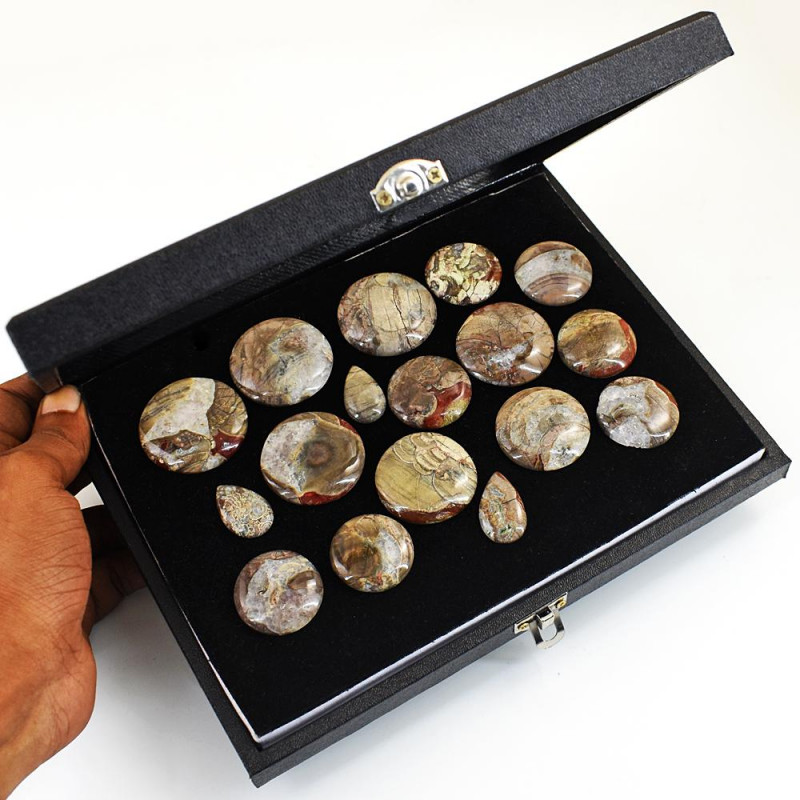
流纹岩宝石特性
流纹岩不像大多数宝石那样有分级标准,但其切工和颜色会影响价值。
切
流纹岩珠是最常见的切割方式。事实上,流纹岩珠子通常只被切割成多面体。这些宝石也可以被切割成凸圆形。有时,景观设计师会使用原始或雕刻的流纹岩来装饰庭院。
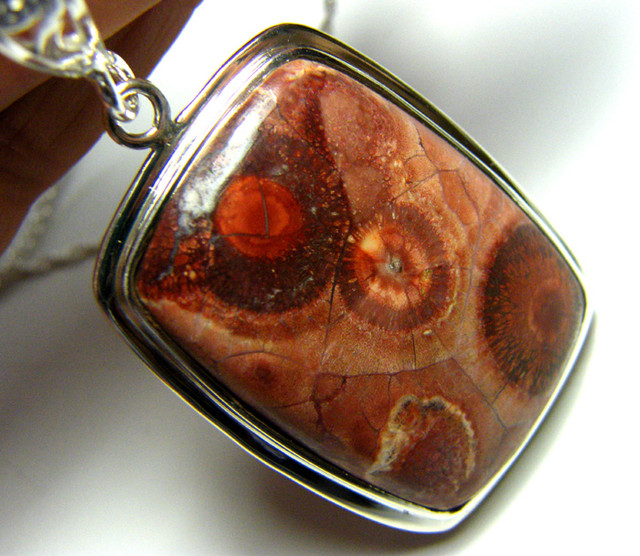 上图:鸟眼图案或圆形图案
上图:鸟眼图案或圆形图案
颜色和图案
流纹岩通常呈现棕褐色、灰白色或粉红色。每种流纹岩都可能呈现出新的颜色。此外,一些主要由内含物形成的图案有自己的名称:
鸟眼状或球状流纹岩:绿色基底,带有红色、黄色和棕色的漩涡状条纹
蘑菇流纹岩:绿色基底,气泡基质,形成类似蘑菇的灰色块状连续图案
蜘蛛网流纹岩:橄榄绿和红棕色,具有开放的、充满玛瑙的空腔和类似蜘蛛网上的叶子的包裹体图案
从价值角度来看,颜色越鲜艳的石头价格越高。大多数流纹岩颜色较浅,因为构成它们的长英质矿物颜色较浅。石头形成过程中存在的元素决定了它的颜色。
那么,流纹岩是如何形成的呢?

流纹岩的起源和来源
还记得我们提到过花岗岩和流纹岩的形成方式不同吗?区别在于侵入式火山活动和喷出式火山活动。流纹岩是侵入式还是喷出式?流纹岩的形成方式是喷出式,而花岗岩是侵入式。
每个流纹岩都首先由液态的流纹岩浆形成。但什么是流纹岩浆?流纹岩浆是如何形成的?
流纹岩浆富含二氧化硅,质地非常粘稠,气体含量比玄武岩浆高。当形成陆地的最外层(称为大陆地壳)受热时,该层中的岩石和矿物被熔化成岩浆,从而形成流纹岩浆。
然后,岩浆从火山喷出。喷发通常是爆炸性的喷发,但也可能是一种平静的、“溢流式”熔岩流。
爆发式喷发会产生浮石和凝灰岩,而溢流式喷发则会形成黑曜石和流纹岩。火山可以同时以两种方式喷发,从而形成所有四种形态。
大多数情况下,冷却过程很快,形成凝灰岩、浮石或黑曜石。快速冷却过程也可能导致滞留气体形成开放的气穴,或称为“孔洞”。矿物溶液会渗入孔洞,结晶成宝石斑晶。
有时,花岗岩浆会开始在地下形成晶体(斑晶),然后喷发,成为含有宝石的流纹岩。
采矿地点
流纹岩在哪里发现?流纹岩产自大陆地区的火山和火山区域。海洋喷发(在岛屿上)很少形成流纹岩,但冰岛是个例外。
可以找到流纹岩的地区包括:
安第斯山脉
澳大利亚
巴西
级联
中国
德国
冰岛
印度
印度尼西亚
墨西哥
新西兰
落基山脉
南非
坦桑尼亚
那么,流纹岩值多少钱?
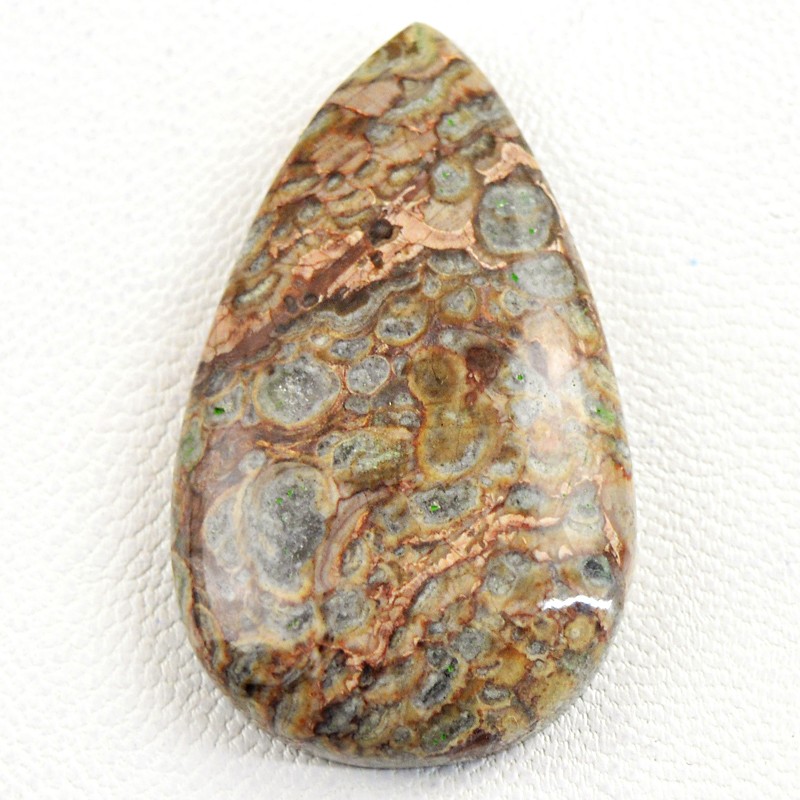
流纹岩的价格和价值
流纹岩是一种储量丰富的宝石,价格也较为实惠。然而,它并不常用于制作珠宝,所以并非所有商店都有售。
神奇石和其他色彩鲜艳的流纹岩的价格可达每磅 10 美元或更高,而色彩较淡的石头则为每磅 2 至 10 美元。
批发价方面,流纹岩珠串售价14至30美元。耳环一对售价5至10美元。
凸圆形宝石的价格在每克拉0.04美元至0.80美元之间。原石的价格也同样在每克拉0.02美元至0.15美元之间。
流纹岩的保养和维护
流纹岩宝石的保养相当简单。每月用柔软的干布擦洗一次即可。避免流纹岩长时间接触水。
将流纹岩远离其他宝石,以免造成划痕。
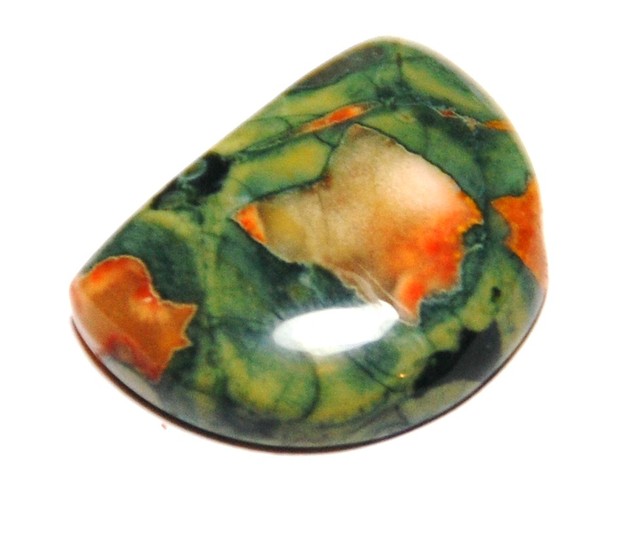
准备好与流纹岩一起狂欢了吗?
像流纹岩这样的岩石可能不是您首先想到的宝石,但其丰富的颜色、图案和种类使流纹岩成为一种绝佳的宝石选择。
绿色和棕色的流纹岩是完美的大地色调配饰,而鸟眼流纹岩的更狂野的红色和黄色则与任何火热的个性相得益彰。
正在寻找一颗坚固且图案丰富的宝石?立即购买流纹岩宝石!
搜索Gemstone Encyclopedia
最新的文章
棕榈象牙雕刻,又称植物象牙,是象牙的天然替代品,取自南美洲棕榈树(Phytelephas palm)的果实,并以符合伦理的方式采集。本指南将带您全面了解棕榈象牙!
15th Jan 2026
彩虹格纹日光石是一种长石,由于内部含有各种包裹体,呈现出三种绚丽的光学效应。它绚丽多彩的光泽和格纹图案使其成为收藏家梦寐以求的珍宝!
12th Jan 2026
文章分类
How To's is where you will find helpful articles from gem Rock Auctions on how to cut gemstones, select gemstones and buy gemstones.
9文章数


